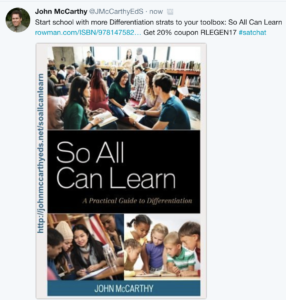
Father rabbit sniffed the air sensing danger. The tall grass provided some cover, however it’s brown fur would be a better camouflage next to where the trees loomed at the edge of the glade. A breeze carried the scent of flowers in bloom. Ears moving and nose twitching, the rabbit sought some clues as to where the danger lay. The babies were with the mother near the trees while he’d search for food. The grass was a good source for food. He’d scouted the area for predators before bringing out the family. A gust of wind carried a familiar scent of wolf. Now the rabbit sought the location of the predator.
Hearing nothing, the rabbit hopped a couple spaces. Stopped. Sniffed. Listened. Moved a few more spaces away from the tree line. He did not want to lead anything dangerous to his family. Draw it away and then make a break into another part of the forest. Hop, hop. Listen. Smell.
A shadow blocked the sun. The rabbit instantly leaped. Hot breath assaulted his fur. Jaws snapped tufts of its tail. The wolf growled with frustration and hunger. It hurtled after the zig zagging rabbit, closing on it. If the rabbit could reach the trees, his chances of survival increased dramatically. It ran farther away from the forest.
The wolf’s jaws snapped repeatedly, each time missing the rabbit’s tail by mere slivers. The rabbit raced around a boulder, forcing the wolf to steer wide to avoid impact, and creating momentary space. The rabbit’s endurance replenished momentarily, but not by much as the wolf continued pursuit. Fatigue crept inside the rabbit. It was too far from the trees to make it in time before the wolf overwhelmed it. With a burst of energy, he ran deeper into the grass. He squealed to warn the mother rabbit of the chase and the distance. She would have time to save the babies. At least they would survive.
A claw swatted the rabbit along his flank, sending him into the air. Pain raced like fire through his body as he landed and tumbled through the grass. Rolling to his feet, the rabbit stretched forward, but pain exploded as the wolf’s jaws clamped on one of its feet. The wolf shook its head viciously sending waves of pain through the small body. The rabbit kicked hard with the other foot, fueled by powerful leg muscles. Once, twice, three times into the wolf’s sensitive snout.
The wolf howled painfully, releasing the foot
The rabbit hobbled away, its shredded foot useless. The wolf growled in triumph. It launched in the air towards the wounded rabbit.
A shadow grew over the rabbit. He watched, frozen in place, readying for the inevitable clasp of jaws on its throat, ending its life. He thought of his family.
Growls and snapping of jaws filled the grassy area. A sudden yelp of pain followed by a snap. Silence filled the grove. Bird song spread through the trees.
The rabbit opened its eyes. It twitched its ears and sniffed the air. The wolf was gone. It hobbled one way, dragging its mangled foot and then another direction. Nothing.
Ears twitching, the rabbit moved painfully and slowly in the direction of the faraway trees.
***
Socrates finished skinning the wolf. A notification message appeared at eye level, like a floating bubble, “+10 xp for medium skinning of a wolf.” Socrates smiled with satisfaction while dropping the fur into his bag. This virtual world, Amazing Journeys, was breath-taking, he thought. The cool breeze caressed his face and bare arms. The warmth of the sun’s rays felt real, along with the brilliant colors of the trees and vegetation. More bird sounds filled the grove, some fluttering around the trees just ten meters away.
“This is so damn real!” Socrates whispered. As total immersion worlds went, this place felt impressive.
He noticed a rabbit near a large stone. It dragged a foot. Its health bar contained a small band of red. No way it survives with a broken foot, Socrates thought. In other virtual worlds the rabbit would regenerate instantly. Here, it kept what it received unless treated. Socrates wondered if the rabbit was worth skinning experience.
He took aim with his bow, sighting the arrow tip towards the rabbit. A sudden hush filled the grove as the birds silently sped into the trees. The rabbit sniffed the air. Its ears moved like radar, listening for danger.
Socrates took a breath, and then released the arrow.



